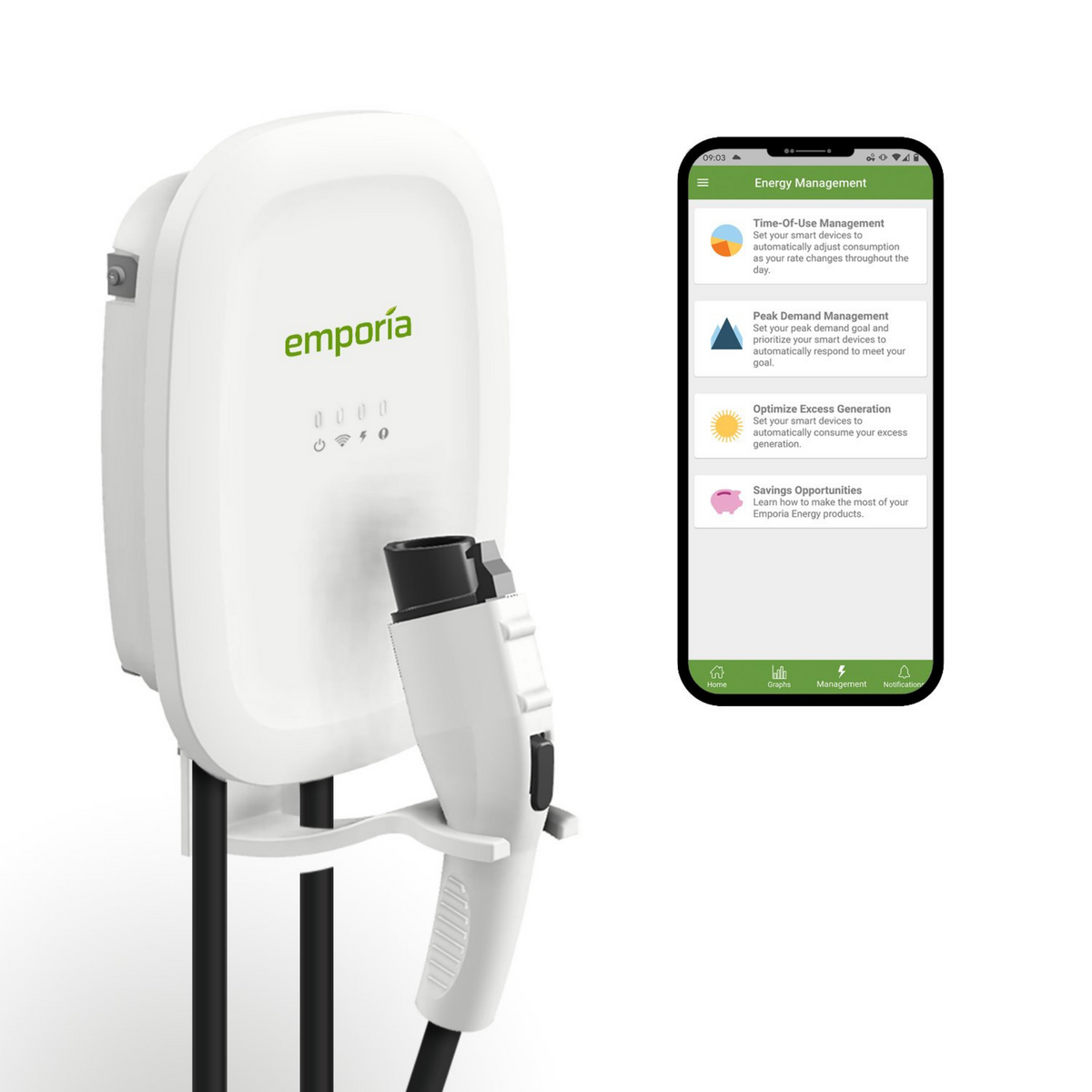sleepydoc
Well-Known Member
One caveat with this approach - if you are plugging and unplugging frequently the higher average receptacles (particularly Leviton ones) are prone to wearing out.Instead of the wall connector, I went with a NEMA 14-50 setup at my house. The charge time difference isn't that much less.
Another cost consideration - code requires garage receptacles to be GFCI protected which will add about $100 to the cost. A wall connector generally doesn't have this requirement.



